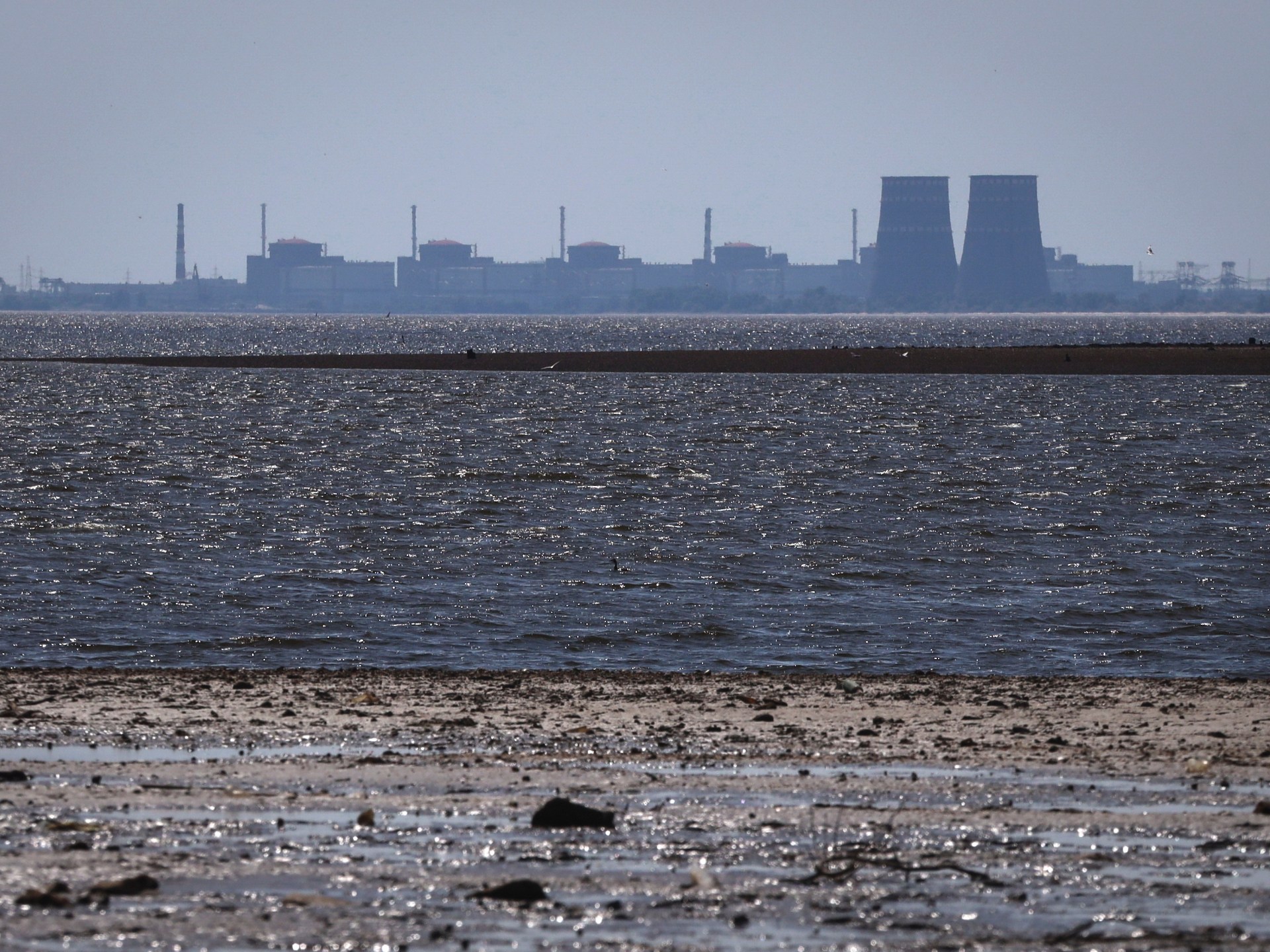International Atomic Energy Agency (IAEA) Director General Rafael Grossi stated in a post on social media platform X on Saturday that the work began after local ceasefire zones between Ukrainian and Russian forces were established to allow the work to begin.
Recommended Stories
list of 4 itemsend of list
For nuclear safety and security, Grossi said, “It is crucial to restore off-site power.”
“Both sides worked with the IAEA in a constructive way to make progress on the complex repair plan.”
The maintenance work was made possible thanks to “close cooperation” between the IAEA and Rosatom, the Russian-appointed management of the occupied plant, which is located in one of the country’s most tense points in southeast Ukraine.
The Russian Defense Ministry will be crucial in ensuring the repair work’s safety, the plant announced on Saturday via its Telegram channel.
The plant is located in a region that has been under Russian control since Russia’s initial full-scale invasion of Ukraine in February 2022. However, it requires reliable power to cool its six shutdown reactors and use spent fuel to prevent catastrophic nuclear accidents.
Since September 23, when its last external power line was severed in attacks that each side blamed on the other, it has been running on diesel generators. The largest nuclear plant in Europe has attracted a number of IAEA warnings on a number of occasions.
According to a European diplomat informed by Grossi that the IAEA is proposing to restore external power to the plant in two phases, the Associated Press reported earlier this week. Some details of the plan were confirmed by a Russian diplomat.
Because they were not permitted to discuss the secret negotiations in public, the two diplomats spoke to the AP on condition of anonymity.
The main power line to the plant that has been damaged in an area under Russian control, the Dniprovska 750-kilovolt line, would be repaired during the first phase.
A second, comparable ceasefire zone would be established to repair the area under Ukraine’s control’s Ferosplavna-1 330-kilovolt backup line.
Last month, Grossi spoke with both Moscow and Kyiv. Following meetings with Russian President Vladimir Putin on September 25 and Rosatom Director General Alexei Likhachev on September 26, he and Ukrainian Foreign Minister Andrii Sybiha met at the Warsaw Security Forum on September 29.
If diesel generators fail, the IAEA warned, “it could lead to a complete blackout and possibly causing an accident with the fuel melting and a potential radiation release into the environment, if power couldn’t be restored in time.”
The station’s external power line was intentionally cut, according to the foreign minister of Ukraine, on Sunday, accusing Russia of doing so to link it to Moscow’s power grid.
Share this:
Related
Source: Aljazeera

Leave a Reply